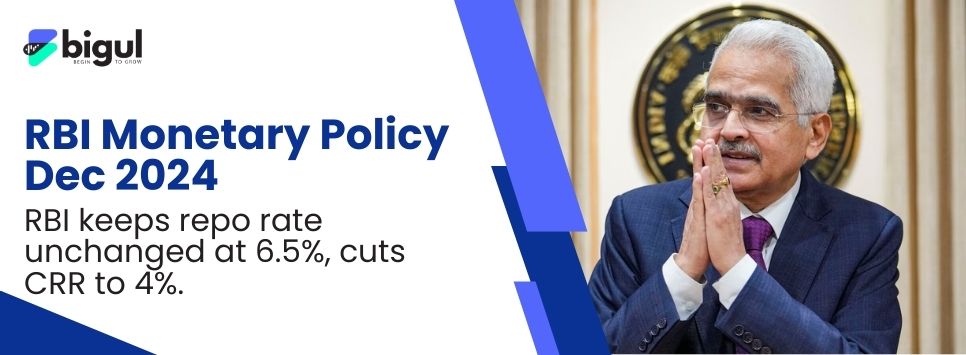Algo trading, also known as algorithmic trading, is a system of order execution that uses automated, pre-programmed trading instructions for variables such as price, time, volume, and others. Algo trading is defined as the process of using computerized programs (also to follow a specific set of instructions for placing an order in order to generate profits in a frequent and timely manner that a human trader cannot.
While you could create your own algorithms and apply them for the generation of purchasing or selling signals, there is a requirement for human intervention for the placement of orders because complete automation is not allowed for retail traders.
There are several strategies for using algo trading, and some of them are explained as follows:
Master scalping
Scalp trading is considered one of the well-recognized strategies that have been used for a very long time. In this strategy, the algo traders are engaged in the purchase and sale of securities multiple times a day with a view to achieving small profits. The master scalping strategy is the practice of generating profits by purchasing or selling currencies, holding the position for a short period of time, and then finalizing the position for a bit of profit. Notably, by mastering scalping, traders can generate profits from small changes in prices on timeframes extending from one to fifteen minutes, taking advantage of the constant market activity.
Trend trader
Trend trading is a strategy in which a trader attempts to capture profits by analyzing the momentum of assets in a specific direction. When the movement of price is in one overall direction, like the upside or downside, it is referred to as a “trend.” This strategy can be used by traders to take advantage of uptrends, in which prices tend to achieve new highs, or downtrends, in which prices tend to touch new lows. Long positions must also be held by traders when the trend of the securities is upward. An upward trend is demonstrated through higher swing lows and higher swing highs. In a similar manner, short positions should be held by traders when security prices are trending in a downside direction. A downside direction is demonstrated through lower-swing lows and lower-swing highs.
Calendar spread
A calendar spread strategy is referred to as an option or future strategy that is established in a simultaneous manner for entering into long and short positions on the same underlying assets but with distinct dates of delivery. In a calendar spread strategy, one will purchase a long-term contract and enter into a short-term option with a similar strike price. This strategy is considered one of the best ways to combine the benefits of spread and directional options trades in a similar position. Notably, traders using a calendar spread strategy can create a trade that helps minimize the impact of time. It is most profitable at a time when there has not been any major movement observed in underlying assets in either direction till the expiration of the near-month option.
Multi-leg strategy
A multi-leg option strategy is a way to place an order to purchase and sell options in a simultaneous manner with more than one strike price, date of expiry, or sensitivity to the underlying price of the asset. Normally, “multi-leg strategy” is referred to as any trade that includes at least two options that are finalized at once. Traders can benefit from this strategy by placing multi-leg option orders to generate profits when there is an expectation of price volatility and the price movements are not clear. Further, latency risk can be minimized by having both orders go in at the same time.
Order slicer
Order slicing is a strategy that gives the trader an advantage by allowing him to divide a large or major quantity order into numerous smaller orders known as “child orders.” This strategy is vital, as if slicing is not done, one large order could have a direct impact on liquidity and the discovery of prices in the subsequent moment. In this case, a large order is executed by the market in the form of multiple orders in the same stock, in the same direction, and on the same day. One of the reasons behind the order slicing strategy is that it supports minimization and control of the carrying cost of holding a position.
Candle breakout
Breakout trading is referred to as an attempt to enter the market when the movement of prices is outside the defined range of prices. With the candle breakout strategy, a trader can ascertain a new price range between the highest and lowest of the candle. When a breakout occurs, it may indicate that the price will move significantly in the direction of the breakout. Candlestick’s breakout strategy is considered bias-free because it indicates a breakout regardless of market trend.
Call executer
Call executer strategy is a CSV or Excel-based execution strategy designed for traders who want to generate entry, exit, or purchase, sell levels based on their own analytical evaluation. Signal levels would be provided to traders using such a strategy. CSV file, and the strategy would accordingly execute the signals in an automatic manner.
Therefore, traders with the help of the above Algo trading strategies can achieve a number of benefits, such as:
- Trades could be performed at the best possible prices.
- Decreased transaction expenses because of the lack of human intervention
- Decreased risk of human error at the time of placing the order
- Automated checks in a simultaneous manner on several market conditions
As a smart investor, it is essential to understand the risks and challenges. If you want to maximize your return with less risk, then let’s connect with us or visit our website.
Also Read:


.jpg)



.jpg)
 1.jpg)




.jpg)
